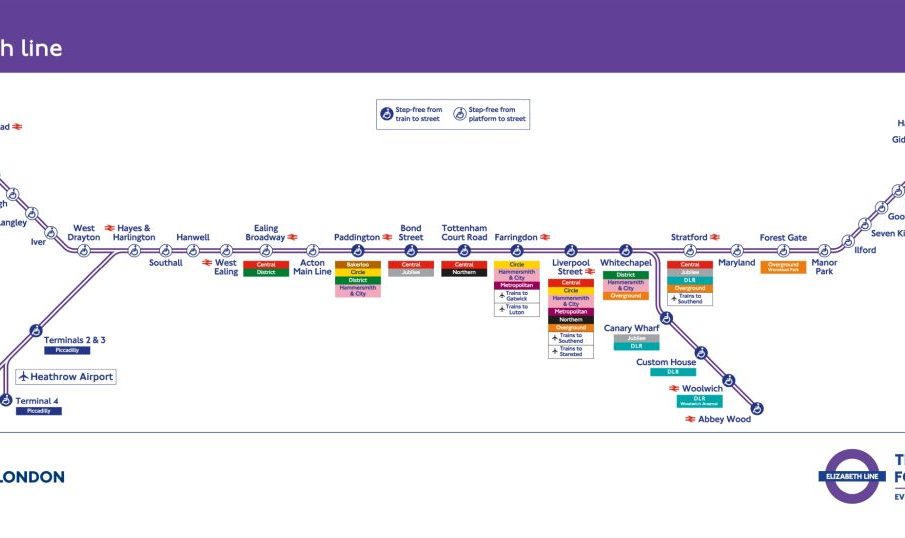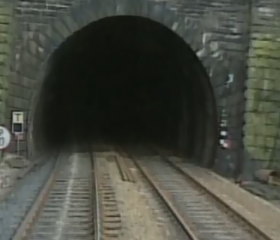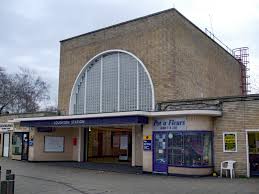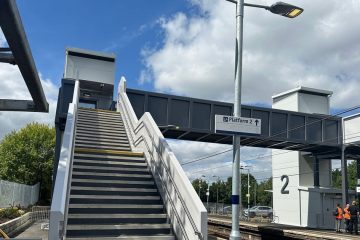Understanding the Elizabeth Line: A Modern Transport Solution

Introduction
The Elizabeth Line, a key component of London’s transport infrastructure, has been designed to enhance connectivity across the city and beyond. Officially opened on May 24, 2022, this rail line links central London to the suburban areas in the east and west, being crucial for both daily commuters and leisure travellers. The significance of this line is seen not only in its ability to ease congestion on existing transport networks but also in its economic impact and contribution to urban development.
Key Features and Developments
Spanning over 100 kilometres, the Elizabeth Line runs from Shenfield in the east to Heathrow and Reading in the west. It includes 41 stations, providing much-needed connections to areas that were previously underserved. Among its notable features are the state-of-the-art trains that can transport up to 1,500 passengers seamlessly. With a maximum speed of 90 miles per hour, the trains significantly cut down traveling time across different boroughs.
This project, officially known as Crossrail during its planning and construction phases, represents the largest infrastructure project in Europe. The Elizabeth Line has required a £18.9 billion budget and faced numerous delays and challenges during its construction, leading to public impatience and scrutiny. However, the eventual completion of the line has been welcomed, with many praising the innovative design and user-friendly facilities.
Impacts on Accessibility and Economy
Beyond its technical significance, the Elizabeth Line is projected to have a substantial impact on local economies. The new connections are expected to stimulate job creation, attract investments, and encourage the regeneration of local areas. The line serves critical residential areas, enabling individuals to reach their workplaces more efficiently, thus promoting a healthy work-life balance.
Furthermore, the addition of the Elizabeth Line is likely to improve accessibility for people with disabilities, as most stations boast step-free access, making commuting a more inclusive experience.
Conclusion
In conclusion, the Elizabeth Line is not merely a transport project but a transformative initiative that aims to reshape London’s operational and socio-economic landscape. As it continues to integrate into London’s transport framework, both commuters and businesses are likely to benefit from its efficiencies. Future expansions and improvements are anticipated, promising even greater contributions to the region’s connectivity and economic development. For residents and visitors alike, the Elizabeth Line stands as a testament to modern urban planning, exemplifying how infrastructure can enhance city living.









